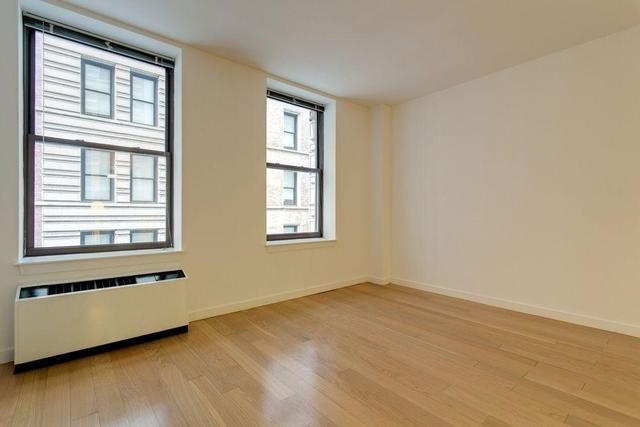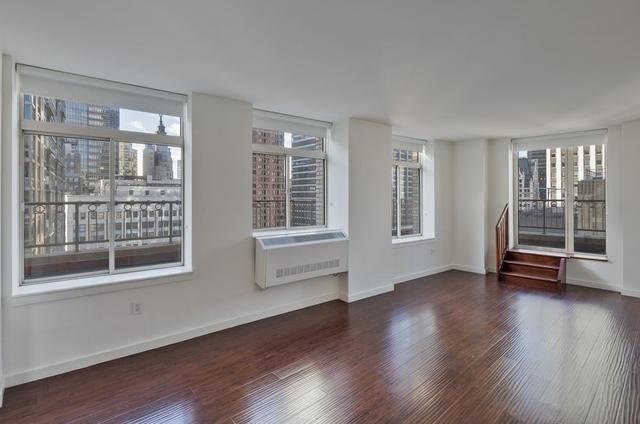
A Beginner’s Guide to Turnkey Real Estate Investing
By: ROS Team
Are you interested in getting into the world of real estate investing but don’t know where to start? Turnkey Properties investing may be the perfect solution for you.
In this guide, we will cover everything you need to know about turnkey properties and how to invest in them, from finding the right property to managing and renting it out.
Whether you’re a complete newcomer or have some experience in real estate investing. This guide will provide valuable insights and help you make informed decisions about turnkey property investing.
What is a Turnkey Property?
A turnkey property is a fully-renovated and ready-to-rent property that requires minimal additional work from the investor. These properties are often furnished, have tenants in place, and come with property management services.
This means that the investor can start earning rental income right away and doesn’t have to worry about the day-to-day management of the property.
Characteristics of a Turnkey Property
Turnkey properties typically have the following characteristics:
- Fully-renovated, with all necessary repairs and updates made
- Furnished and move-in ready for tenants
- Tenants already in place or with a property management team to handle tenant placement
- Low to no additional work is required for the investor
Types of Turnkey Properties
Turnkey properties can come in a variety of forms, including single-family homes, duplexes, triplexes, apartment buildings, and even vacation rentals. They can be found in different locations, such as urban areas, suburban neighborhoods, or even rural areas.
The key is that the property should be ready to rent out and generate income for the investor with minimal additional work.

How to Invest in Turnkey Properties?
Follow these steps to invest in Turnkey Properties:
1- Researching Potential Properties
The first step in investing in turnkey properties is to research potential properties. This includes identifying the type of property, location, and rental market.
Look for properties that are in good condition and have a strong rental history or potential. It’s also important to consider the overall real estate market conditions and how they might affect the property’s value over time.
2- Financing Options
Once you’ve identified potential properties, you’ll need to consider financing options. Turnkey properties can be purchased with cash, a traditional mortgage, or through a self-directed IRA or other retirement accounts.
It’s essential to understand the pros and cons of each option and to choose the one that best fits your investment goals and risk tolerance.
3- Due Diligence
Before making an offer on a turnkey property, it’s important to do your due diligence. This includes reviewing the property’s condition, rental history, and financials. As well as researching the local real estate market and the area’s demographics.
It’s also a good idea to have a professional inspect the property to ensure there are no hidden issues.
4- Closing the Deal
Once you’ve completed your due diligence and are satisfied with the property, you can move forward with closing the deal.
This typically involves signing a purchase agreement and making a down payment, then closing on the property and taking possession.
It’s important to be aware that investing in turnkey properties is a big decision and requires a lot of research and planning. It’s always a good idea to consult with a real estate attorney, a financial advisor, or a real estate agent with experience in turnkey properties before making a purchase.
Managing and Renting Turnkey Properties
One of the main benefits of turnkey property investing is that it requires minimal hands-on management from the investor.
However, you will still need to manage the property to some degree. This includes collecting rent, handling tenant requests and complaints, and overseeing necessary repairs or maintenance.
One option for managing a turnkey property is to hire a professional property management company. A property management company will handle all aspects of property management, including tenant placement, rent collection, and maintenance.
This can be a good option if you live in a different location from the property or if you don’t have the time or experience to manage the property yourself.

Another option is to manage the property yourself. This can be a good option if you live near the property and have experience managing rental properties.
Self-management can also save you money on property management fees, but it also requires more time and effort on your part.
Once the property is ready to rent, you will need to determine fair market rent. This can be done by researching comparable properties in the area and consulting with a local real estate agent or property management company.
It’s important to set a competitive rent that will attract tenants while also providing a good return on your investment.
Once you’ve determined the rent, you’ll need to advertise the property and find tenants. This can be done through online listings, local classifieds, or by working with a real estate agent or property management company.
It’s important to thoroughly screen tenants, including checking credit and background, to ensure they will be responsible renters.
Managing and renting a turnkey property can be more hands-off than other types of real estate investing, but it still requires some effort on the investor’s part. It’s important to have a clear understanding of the responsibilities involved before investing in a turnkey property.
Risks and Challenges of Turnkey Property Investing

1. Vacancy Risk
One of the main risks of turnkey property investing is vacancy risk. This is the risk that the property will sit vacant for a period of time, resulting in lost rental income. To mitigate this risk, it’s important to research the local rental market. Set a competitive rent, and have a plan in place for tenant placement.
2. Maintenance and Repair Costs
Another risk of turnkey property investing is unexpected maintenance and repair costs.
These costs can eat into your rental income and even cause a loss. It is important to be aware of the condition of the property before purchasing, to have a budget set for repairs and maintenance, and to have a contingency plan in case of unexpected costs.
3. Property Management Issues
If you choose to hire a property management company, you need to consider the risk of property management issues. The property management company may not be able to find tenants, may not be able to collect rent, or may not be able to handle maintenance and repairs effectively.
It is important to research the property management company’s reputation and track record and to have a plan in case you need to switch to a different company.
4. Economic Downturn
Another risk to consider is the potential for an economic downturn which can lower the rental demand and decrease the property value. It’s important to invest in areas where rental demand is relatively stable, and the property value is likely to increase over time.
5. Legal Risks
There are legal risks related to turnkey property investing, such as issues with zoning, building code, and fair housing laws. It’s important to consult with a real estate attorney before making a purchase to ensure that the property complies with all relevant laws and regulations.
Investing in turnkey properties can be a good way to earn passive income, but it also comes with its own set of risks. It’s important to thoroughly research and consider these risks before investing in a turnkey property and to have a plan in place to mitigate them.
Final Thoughts
Turnkey property investing is a popular way for beginners to get started in real estate investing. It involves purchasing a property that is already income-generating and ready to rent, with minimal hands-on management required.
Investing in turnkey properties can be a good way to earn passive income, but it also comes with its own set of risks. Such as vacancy risk, maintenance and repair costs, property management issues, economic downturn, and legal risks.
It’s important to thoroughly research and consider these risks before investing in a turnkey property and to have a plan in place to mitigate them.








